Second buyout offer sent to some federal workers
A second wave of buyout offers has gone out to federal workers inside some agencies, including Transportation, GSA and the Housing department, Axios has learned.
Why it matters: The context for these offers, sent to at least five agencies, has shifted radically since the initial "Fork in the Road" email went out in February — employees have been through the fire over the past month, laid off, forced out or embroiled in court fights to keep their jobs.
- Folks are more receptive this time around, per the Washington Post, which first reported on the new buyouts.
- Thousands of new workers are eligible, the paper reports. It says employees at the Energy Department and USDA also received offers.
- Deadlines to decide range between April 7 and April 15.
Zoom in: Distinct from round 1, an Office of Personnel Management official said these offers are being initiated at the agency level.
- The Department of Transportation, the General Services Administration and the Department of Housing and Urban Development (HUD) each confirmed to Axios that new offers had gone out.
An email, viewed by Axios, went out to all USDA employees on Monday with the subject line "Deferred Resignation Program 2.0" — the wording a far cry from the Elon Musk-infused language of the first version.
- USDA employees have until April 8 to respond. Those who accept will be on the payroll until September 30 but will be exempt from in-person or remote work, the email says.
Zoom in: The email, from the office of Secretary Brooke Rollins, provides the kind of details that were missing the last time.
- It explains why they're doing this: The agency will be restructuring, "Optimizing and reducing the dize of the workforce to become more efficient," it says. And employees may be relocated. The USDA will be "eliminating unnecessary management layers."
- Probationary and term-limited workers are also eligible for the 2.0 version, per the email. And individual departments will carve out exceptions for people they deem necessary. (USDA in February rehired the bird flu officials it fired, during the ongoing alarm over the virus.)
What they're saying: "We're providing DOT employees a second chance to voluntarily leave," said a spokesperson. "This is just one part of our effort to make DOT more efficient and accountable to the taxpayer. "
- "Those who perform safety-critical functions are exempt from this program."
- Opting into the deferred resignation program "is voluntary," a spokesperson from the General Services Administration said. Employees have through April 18 to opt in.
The Department of Housing and Urban Development sent out a new offer on March 31, and announced it on X:
- "The option to take the fork in the road closed on February 12, 2025. Since then, we have heard from staff who wish they had taken it," the agency said.
- "The media villainized DRP [deferred resignation program] and said its promises couldn't be kept – they were wrong."
Catch up quick: About 75,000 workers took the first buyout offer, according to the Trump administration. It gave employees the option of staying on payroll through September.
- At the time, federal unions urged employees not to take the offer, which appeared unlawful and they succeeded in getting a key deadline pushed back in court.
- This time around, the offers are being viewed less warily.
Other agencies, including NOAA, had already offered workers a way out through existing federal programs that offer voluntary early retirement or voluntary separation.
- Some workers who did take the original buyout offer have told Axios they were uncertain whether or not to trust it, but felt they had no choice given the administration's job purge. For right now, they are still getting paid.
If you're a federal worker who has taken a buyout or is contemplating one, you can reach out confidentially to Emily Peck on Signal at EmilyRPeck.71 or by email emily.peck@axios.com
Editor's note: This story has been updated with details from an emailed voluntary leave proposal.


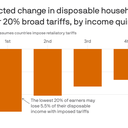

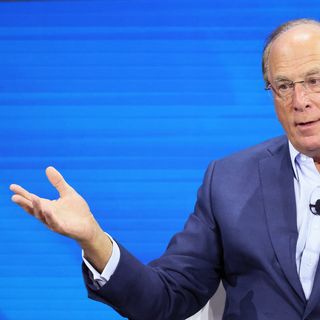

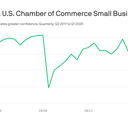

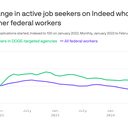





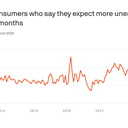

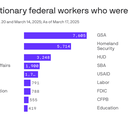


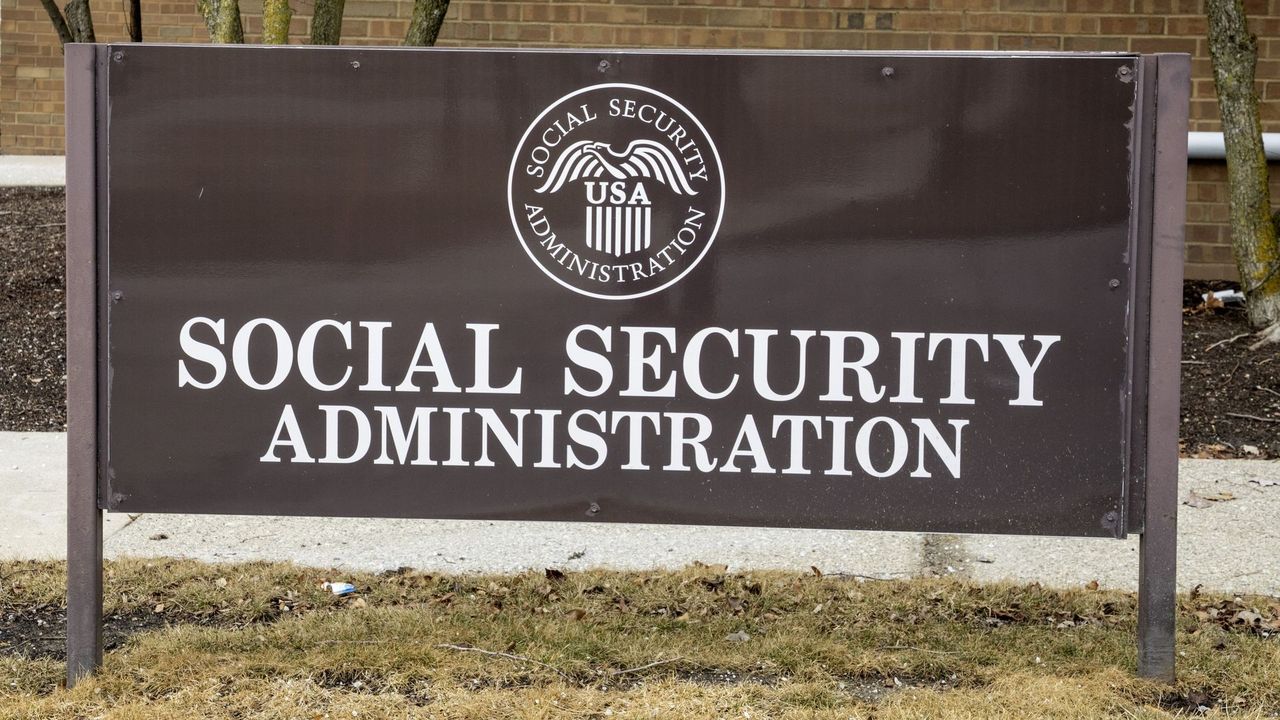

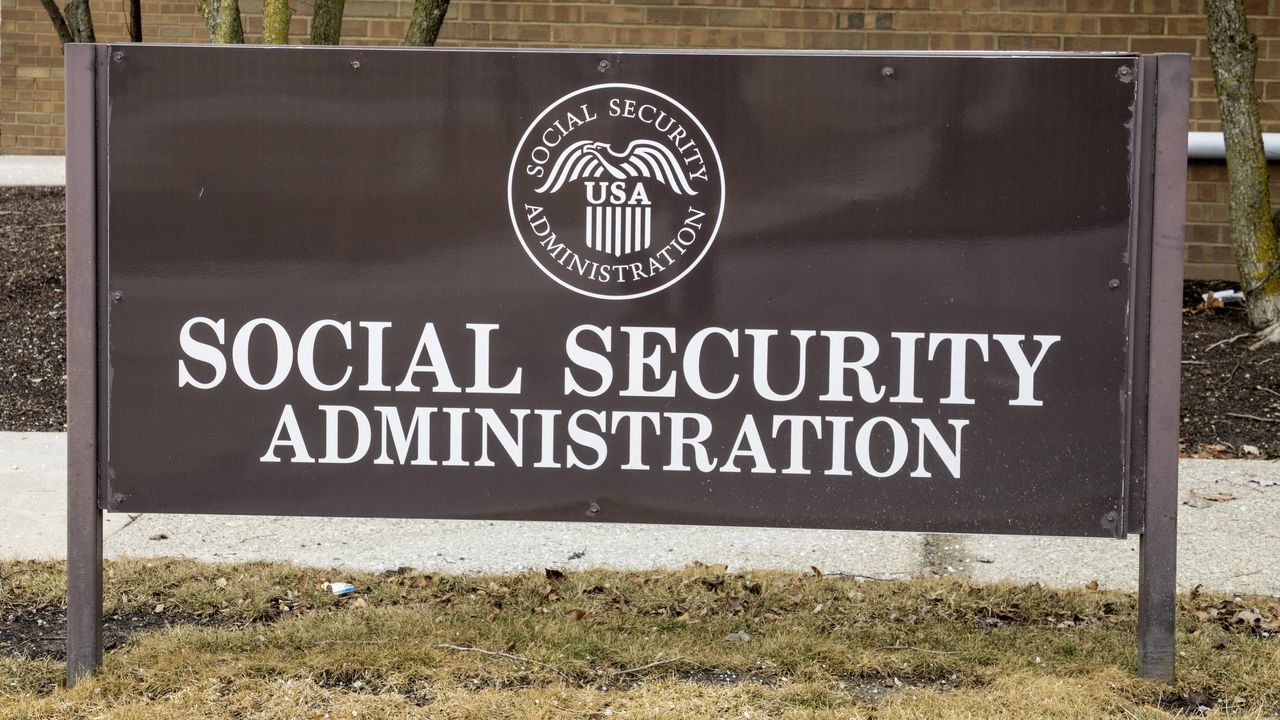

















/2025/02/25/1740447875926.gif)